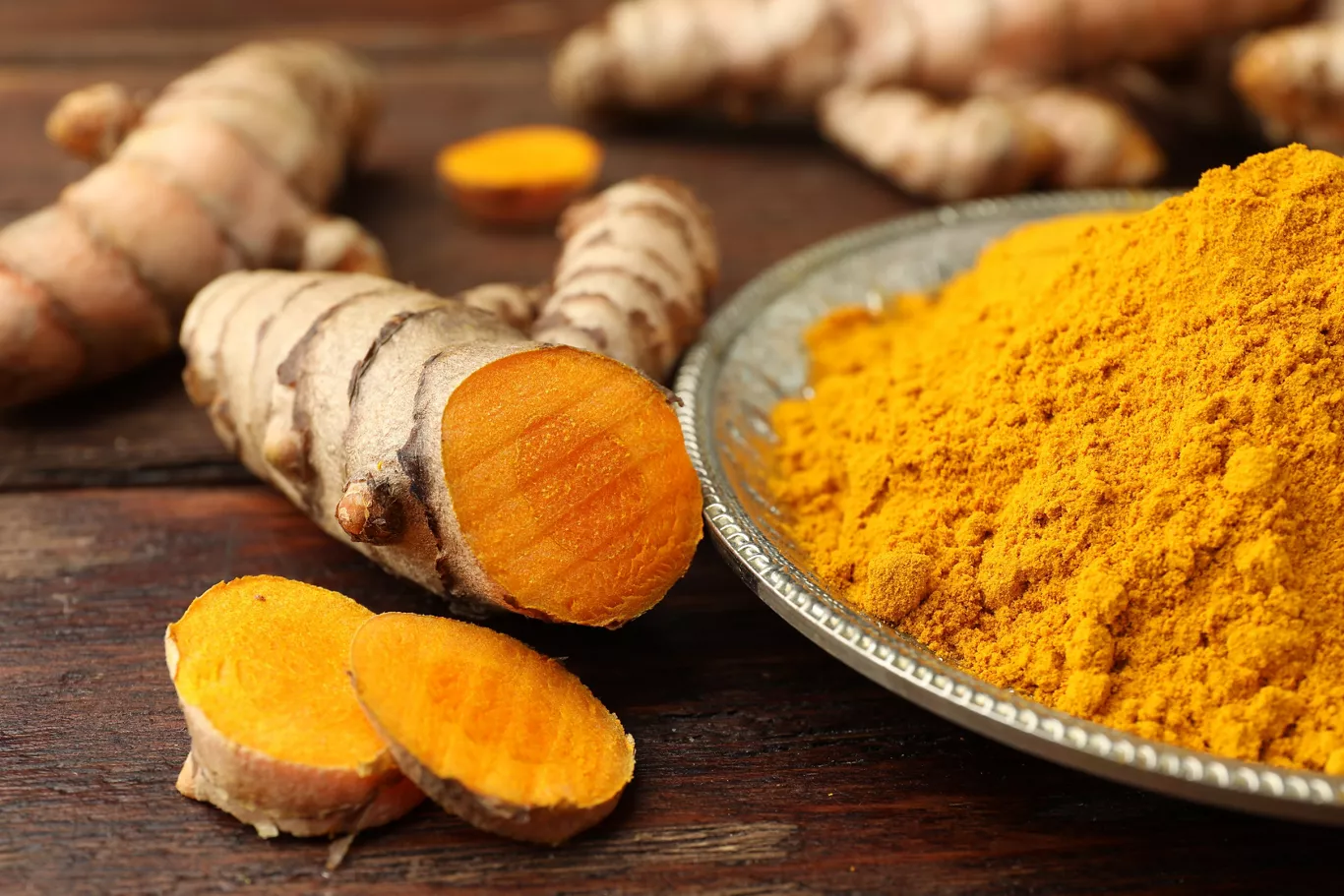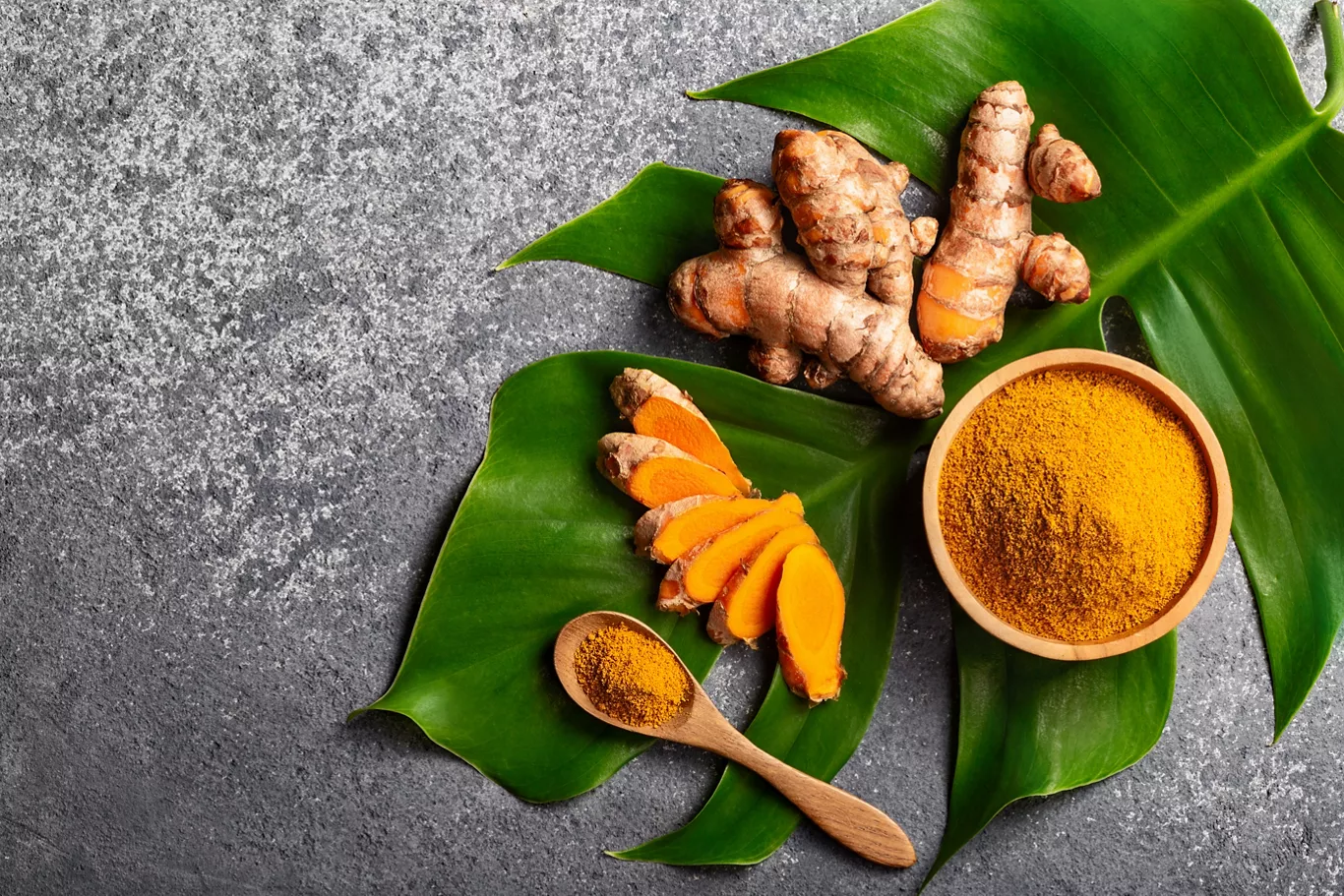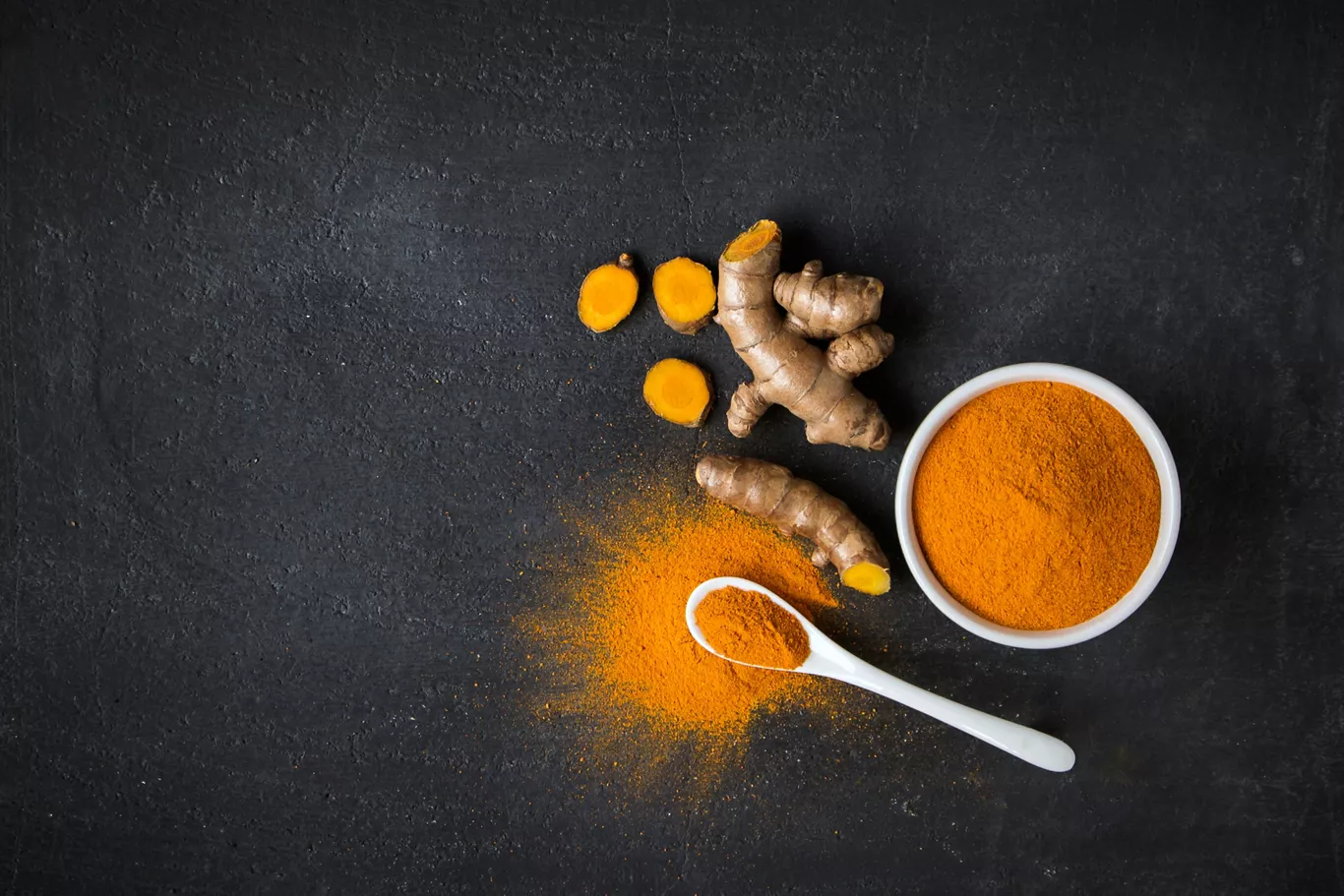Turmeric, often called the “Golden Spice” of India, holds a special place in the heart of every Indian kitchen. Its vibrant yellow hue, earthy aroma, and versatile nature have made it an essential ingredient in Indian cuisine for centuries. More than just a spice, turmeric is deeply woven into India's cultural and culinary fabric, symbolising warmth, tradition, and a rich legacy passed down through generations.
A Journey Through Time
The story of turmeric is as old as India itself. Historical evidence suggests that turmeric has been used in Indian cooking and rituals for over 4,000 years. It was cultivated and harvested in the lush landscapes of the Indian subcontinent long before it found its way into the global spice trade. The ancient texts of Ayurveda and the Vedas document the use of turmeric, not just as a culinary ingredient but as a symbol of purity and protection.
In traditional Indian households, turmeric is more than just a spice. It’s a vibrant reminder of heritage and home. The sight of a jar filled with this golden powder in the kitchen evokes memories of family gatherings, festive feasts, and the comforting smell of beloved dishes cooking on the stove.
The Versatile Ingredient of Indian Kitchens
Turmeric's culinary versatility is one of the key reasons for its enduring popularity. It can be used in a multitude of forms—whole, powdered, or fresh root—and in countless dishes, ranging from savory to sweet.
Turmeric Powder: The Culinary Essential
The most common form of turmeric found in Indian kitchens is the powdered variety. This fine, golden-yellow powder is a must-have in the spice box of every Indian household. It is added to almost every curry, dal, and vegetable preparation, lending a distinct flavour and a beautiful colour to the dish. Whether it’s the rich, creamy butter chicken of the North or the spicy sambar of the South, turmeric is an essential part of the recipe, enhancing the flavour profile and visual appeal of the dish.
Fresh Turmeric Root: The Traditional Touch
In some regions of India, particularly in the South and West, fresh turmeric root is used in cooking. This root, with its deep orange flesh, is often grated or chopped and used in pickles, chutneys, and vegetable stir-fries. Fresh turmeric has a more pungent taste compared to the powdered form, and it is believed to add a more intense flavour to dishes. It’s common to find fresh turmeric being ground with other spices to create a base paste for curries and stews.
Turmeric Leaves: The Fragrant Wrapper
In the coastal regions of Western India, turmeric leaves are used as aromatic wrappers for steaming food. These long, green leaves have a subtle turmeric fragrance and are often used to wrap fish or rice before cooking. The dish, when unwrapped, carries a delicate aroma of turmeric, infusing a unique flavor that is both refreshing and earthy.
Turmeric in Sweet Dishes: A Surprising Delight
While turmeric is typically associated with savoury dishes, it also makes an appearance in Indian sweets. During festivals, special sweets like haldi ki mithai or turmeric ladoo are made with fresh turmeric, jaggery, and nuts. These treats are a testament to turmeric’s versatility and its ability to blend seamlessly into any culinary creation.
Nostalgia in Every Spoonful
For many Indians, turmeric is not just an ingredient; it is a connection to their roots. The simple act of adding a pinch of turmeric to a dish can evoke memories of childhood, of watching one’s mother or grandmother expertly seasoning the family meal. It’s a reminder of the comforting smell of lentils boiling on the stove, of rice bubbling with turmeric and spices, and of the golden-hued milk that was often a bedtime ritual.
During weddings, turmeric holds a special place as well. The haldi ceremony, where turmeric paste is applied to the bride and groom, is a vibrant and joyful tradition symbolising beauty, purity, and a blessed future. The ritual, like the spice itself, is a bridge between the past and the present, connecting families and generations.
Celebrating Regional Variations
India’s culinary landscape is incredibly diverse, and turmeric’s role in the kitchen varies from region to region.
In the North, turmeric is a staple in the rich, creamy gravies of Punjab and the robust, hearty stews of Kashmir. It is used to marinate meats and vegetables, imparting a golden hue and a gentle warmth to dishes.
In the South, turmeric is a crucial ingredient in sambars and rasams. Fresh turmeric is also used in special seasonal pickles and festive dishes.
In the East, particularly in Bengal, turmeric is used in delicate fish curries and vegetable dishes, often paired with mustard seeds and green chillies.
In the West, the use of turmeric is seen in the fragrant rice dishes of Maharashtra and Gujarat. Turmeric is also a key ingredient in many traditional snacks and sweets unique to this region.
Modern Day Adaptations
While traditional Indian cuisine remains a testament to the enduring legacy of turmeric, contemporary kitchens are finding new and innovative ways to incorporate this golden spice. From turmeric-infused cocktails and lattes to fusion dishes that combine turmeric with global flavours, this spice continues to inspire creativity and culinary exploration.
Chefs worldwide are embracing turmeric not just for its colour but for the depth and warmth it brings to dishes. Yet, for every new and exciting culinary experiment, there’s a home cook in India who knows that sometimes, nothing beats the familiar taste of a simple turmeric-spiced curry.
Conclusion
Turmeric is more than just a spice in Indian cooking; it symbolises tradition, culture, and family. Its golden hue adds colour to dishes and connects generations through shared culinary heritage. Whether it’s a simple dal or an elaborate festive meal, turmeric will always be the golden thread that ties the diverse flavours of India together.
FAQs about Turmeric in Indian Cooking
Turmeric's use varies significantly across India's diverse culinary landscape. In the North, it's used in marinades, gravies, and stews. The South enjoys fresh turmeric in pickles and chutneys, while the East blends it with mustard in fish curries. In the West, turmeric is part of festive sweets and snacks, highlighting its versatility in Indian cooking.
Yes, fresh turmeric root can be used as a substitute for turmeric powder. It has a more intense flavour and vibrant colour. Fresh turmeric is typically grated or minced and can be added to curries, soups, and even smoothies. Keep in mind that the taste is more robust, so you may need to adjust the quantity accordingly.
Turmeric leaves are used in various regional dishes, particularly in Western and Southern India. They can be used to wrap and steam foods like fish or rice, imparting a subtle turmeric aroma. They are also used in making traditional sweets like patholi, where rice flour dough is spread on the leaf, filled with a coconut-jaggery mixture, and steamed.
Turmeric is used in sweets such as haldi doodh ladoo and haldi ki mithai. These are often prepared during special occasions or as part of traditional festive fare. The natural bitterness of turmeric is balanced with sweet ingredients like jaggery or sugar, nuts, and ghee, creating a unique flavour profile.
Yes, turmeric can stain cookware, utensils, and even fabrics. Its vibrant yellow colour is due to curcumin, a compound that can leave lasting marks. To minimise staining, wash utensils and cookware immediately after use. Soaking in vinegar or lemon juice with water can help if stains persist.



